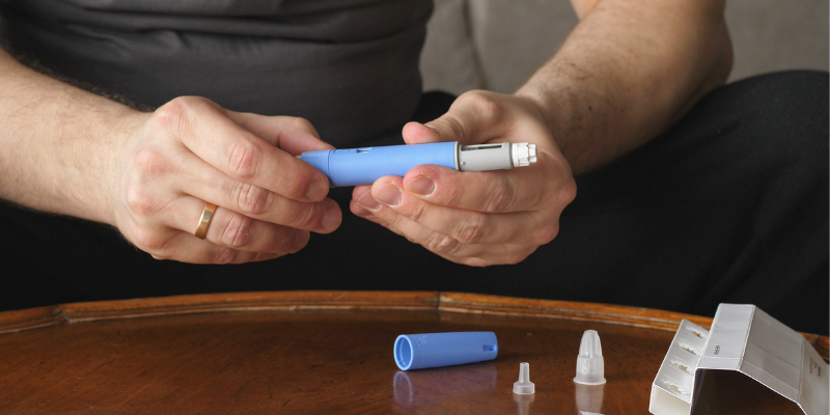Tips to Stop Stress Eating
- Category: Educational
- Posted On:
- Written By: Teresa Brown, MPH, RDN/LD, dietitian at Norman Regional Health System

While the COVID-19 pandemic has effectively slowed the pace of many individuals due to postponed social events, closed gathering spaces, and canceled travel plans, it has heightened the collective stress of many due to broad-reaching health and economic consequences.
A by-product of worries these consequences create may be the temptation to overeat or pick less healthy food choices.
Scientific evidence supports this common behavior. When stress persists, the body increases its release of both cortisol and insulin hormones. These hormones trigger an individual to eat more; specifically eat more of foods high in sugar and fat. Pair this biological response with our learned tendencies for “comfort” foods and other factors such as impaired sleep, it is inevitable. Stress becomes costly to one’s health and waistline.
An awareness of emotional eating habits and a plan created ahead of time can counter these deep-seated responses and give success over stress eating.
Here are a few ideas to kick start your planning:
Before each meal or snack, take a moment to answer a few self-directed questions.
- Why is my hunger level on a 1-10 scale? One would equal extreme hunger and 10 equals a uncomfortable fullness
- What is my current mood or feeling? Do you notice a trend to eat connected to a particular mood?
- Are you practicing mindful eating? Mindful eating is giving full attention to the food you are about to eat rather than eating while distracted with other activities such as watching TV or working on your computer.
Create a list of alternative non-food activities that could get your mind off worries and refer to this list before turning to foods.
- Try a few minutes of deep breathing or meditation. Find guided meditation examples at www.mindful.orgor check out the Headspace or Calm app on your smartphone.
- Take a walk around the neighborhood or get a few extra steps in the comfort of your home. On YouTube, check out Leslie Sansone’s Walk at HomeOne Mile or try a beginner home walking plan provided through the Home Walking or Exercise App on your phone.
- Take a few minutes to connect with a friend by phone or through writing a note.
Keep healthier foods available and visible. Conversely, rid countertops and cabinets of more sugary treats.
A few examples of a healthy snack containing rich sources of protein and fiber include:
- A piece of fresh fruit with a ¼ cup almonds
- 5 oz. cup of low-fat Greek yogurt topped with ¼ cup berries
- Carrot sticks and red pepper strips with ¼ cup hummus
- 8-10 whole grain crackers and 1 oz. string cheese
- One cup of low-fat cottage cheese with ½ cup canned fruit
Creating a plan and taking even one small step to combat stress eating is a great motivator towards future healthy habits. Nonetheless, be gentle with yourself if establishing a new response to stress takes time. Over time, if your own efforts don’t stop the emotional eating, consider asking for help from a supportive friend or professional counselor.



